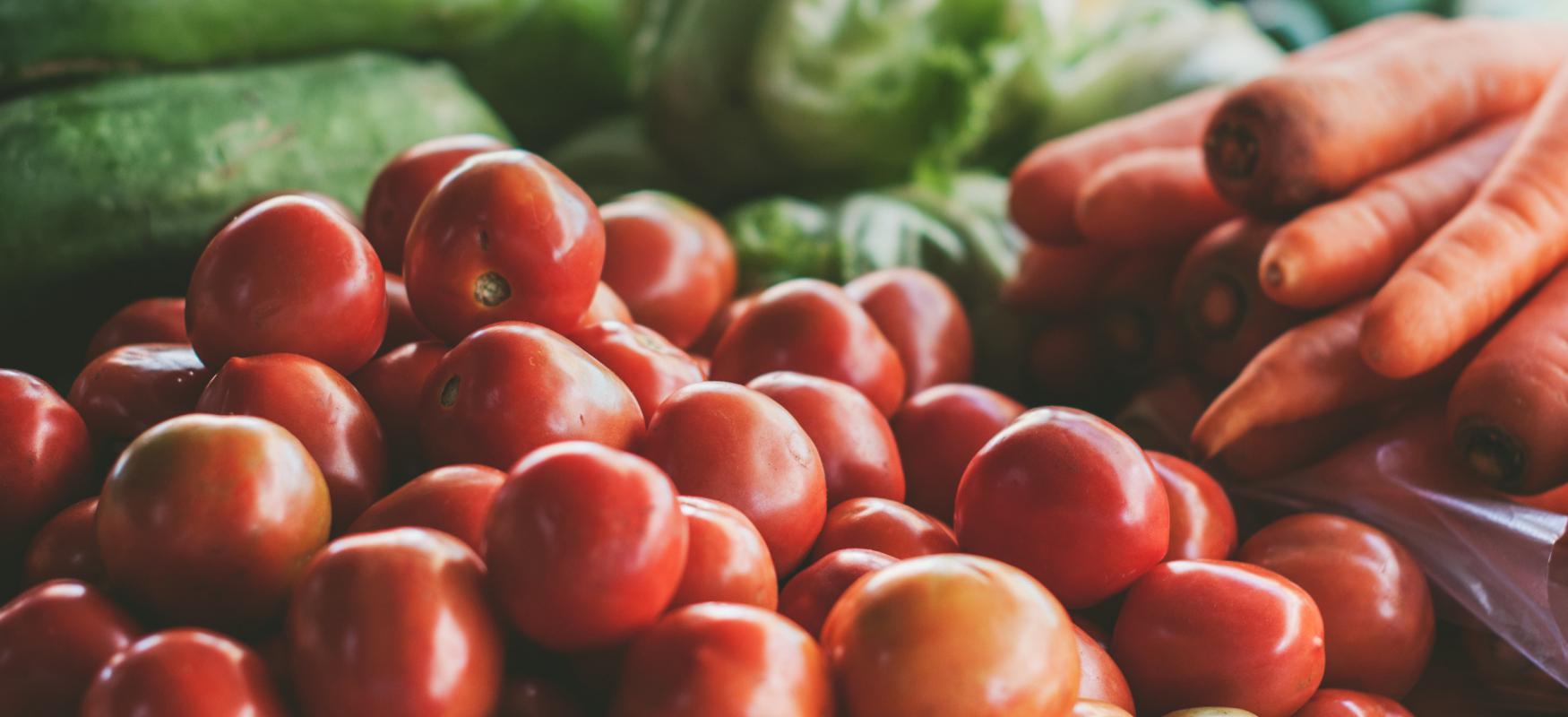Nordic Energy Research and Nordic Innovation joined forces at Avfall Norges Annual Conference to discuss Nordic solutions to waste management.
The Nordics generate about 10 million tons of food waste every year, and the majority comes from households. The Nordic Council of Minister has carried out several studies and written several reports on how we can best utilize waste in our region. Each country has different strongholds, and handle the waste generated within their borders differently. Maybe closer collaboration on waste management could increase the effectiveness and value creation of waste?
Nordic Energy Research and Nordic Innovation hosted a Nordic workshop on food waste utilization for biofuels at Avfall Norge’s Annual Conference in Stavanger 6.-7. June. This topic has been subject to some political disagreements but it is also seen as key in decarbonizing the transportation sector and unlocking business potential in the Nordics.
International scenarios for transport fuels in the future expect that bio-fuels will be the major source of energy used in transport in 2050 (Nordic Energy Technology Perspectives 2016, Norden / IEA). Long-distance transport is less suited for electrification than urban transport, and biogas, biodiesel and ethanol is expected to replace fossil fuels to reach the carbon neutral target. However, most of this biofuel will have to be produced from imported resources (included soya beans and palm oil) unless Nordic resources are better utilized.
Today, 30% of food waste is used for incineration as part of mixed household waste and used mainly for district heating. A similar amount is used for production of biogas and bio-fertilizer. Only upgraded biogas is usable for transport fuel.
Practice and policies for food waste and for transport fuels varies in the Nordic countries. Iceland’s target is to reuse all biological resources, to utilize organic waste for more valuable purposes than energy. In Finland wood is the major resource for bio-fuels for transport, and bio-refineries produce bio-diesel for the international market. Even if the production of biogas is increasing, it is based on slaughter waste, manure and waste water, not on household waste. In Denmark most of the household waste is incinerated with mixed waste and used for district heating. In Norway food waste is sorted separately, and used for production of biogas and organic fertilizers. The gas is used by public transport busses and cargo vehicles, often for food producing and processing companies. Sweden has been among the frontrunners in introducing biofuels for transport. However, Sweden experienced competition from subsidized import biogas and new national procurement practice favoring electric vehicles and liquid biofuels. On top of this the Swedish truck producers stopped producing bio-trucks. All together this created a “biogas crises” that reduced the demand, and currently the production is 2 TWh biogas per year.
Potential for food waste as biofuels
Even if there are several small biogas plants, biogas is produced from farm waste and manure. It is distributed via the existing gas grid for natural gas. The potential for utilizing food waste as biofuels is high, but depends on good systems for separating household waste and collection of cooking oil, slaughter-house by-products and by-products from fisheries and aquaculture. Further, this can be combined with other biological by-products, especially suage, manure and straw to improve the production of biogas and bio-fertilizer.
The main challenge is to consider the whole value chain for economic viability. Currently there is a lack of policy that consider the whole value chain, or rather value web, that includes food waste and biofuels. The attendees at the workshop concluded that there is a need for actors to meet and co-ordinate the development across the various industries and policy areas. Long term predictability will lower the risk and encourage business actors.
All in all, food waste may not be the major source for transport fuels in the future. But the issue of utilizing food waste is an indicator on how we utilize our biological resources in general, since waste handling creates the chain to the circular economy and the shift to carbon neutral energy.
Read more in the final report: Food Waste to Biofuels.
